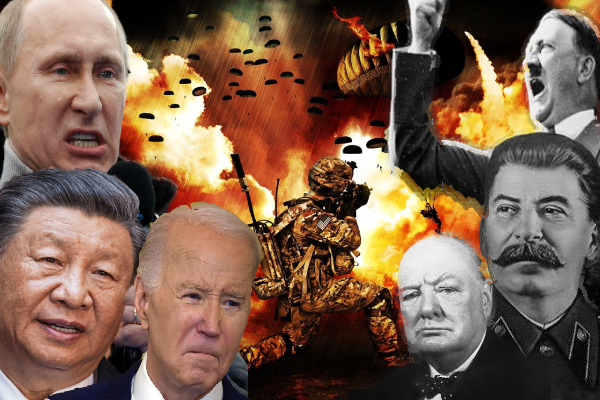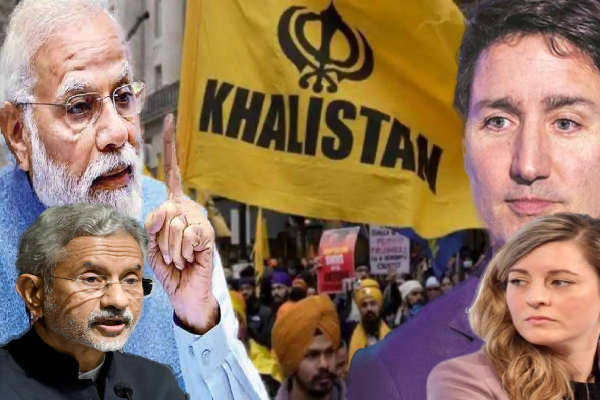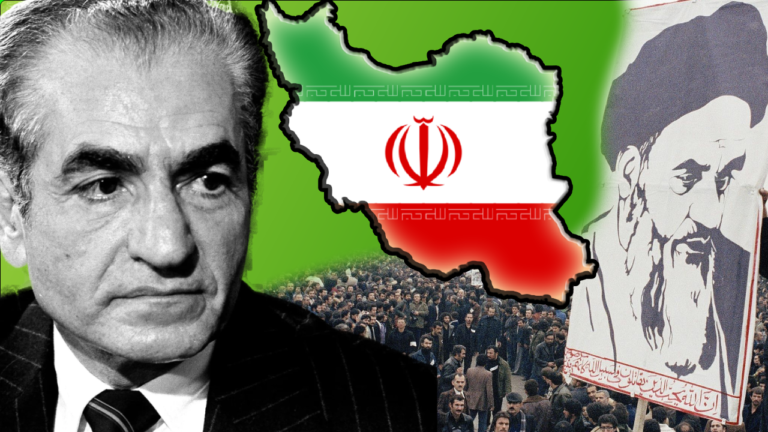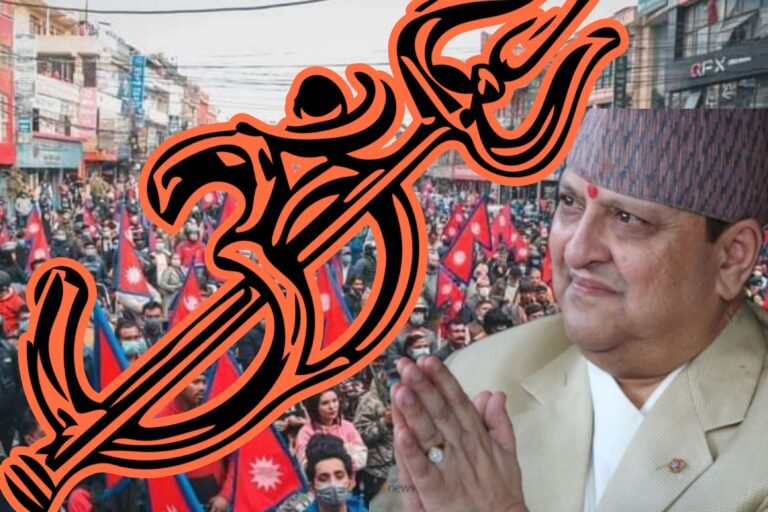World War 3 loading? Is World War 3 really possible considering contemporary geopolitical dynamics? Initially in the Russia-Ukraine war people were making bold predictions that this war would eventually turn into a World War with NATO getting directly involved in the war and this will ultimately lead to World War 3.
These kinds of predictions reveal a lack of knowledge regarding the past two World Wars. In this blog, we will discuss the nature of World Wars, how wars start and why World War 3 is not possible given today’s geopolitical equations.
Before delving deeply into the nature of World War, it’s essential to understand its definition. A world war is a large-scale conflict involving numerous countries and regions across the globe. Typically, these conflicts are characterized by widespread participation of nations, significant military engagements on multiple fronts, and far-reaching consequences for geopolitics, economies, and societies.
Now, why were World War 1 and World War 2 referred to as World Wars? According to the aforementioned definition, a World War involves many countries and regions across the globe. Indeed, in both World War 1 and World War 2, we observe their widespread impact across continents. The main reasons for their global spread were complex military alliances and the existence of vast empires.
The territorial expansion of empires, such as the British, French, Russian, and German empires depicted in the image below, played a crucial role in the global spread of these wars. Attacks on any part of these empires were perceived as attacks on the entire empire, thus escalating conflicts to a global scale.
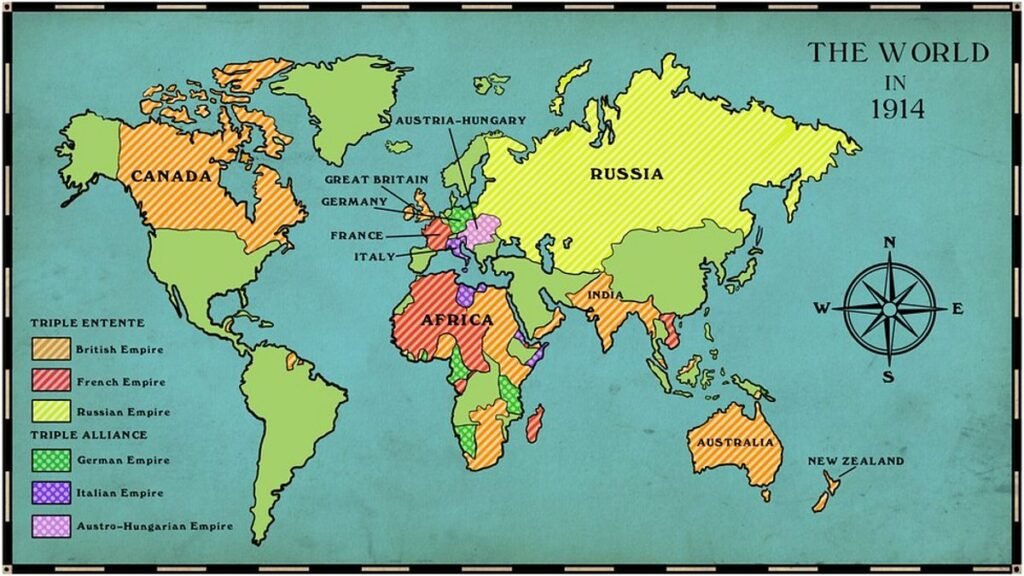
Another significant factor contributing to the global nature of these wars was the existence of complex military alliances, as illustrated in the image below. These alliances created interdependence among countries militarily, further exacerbating conflicts.
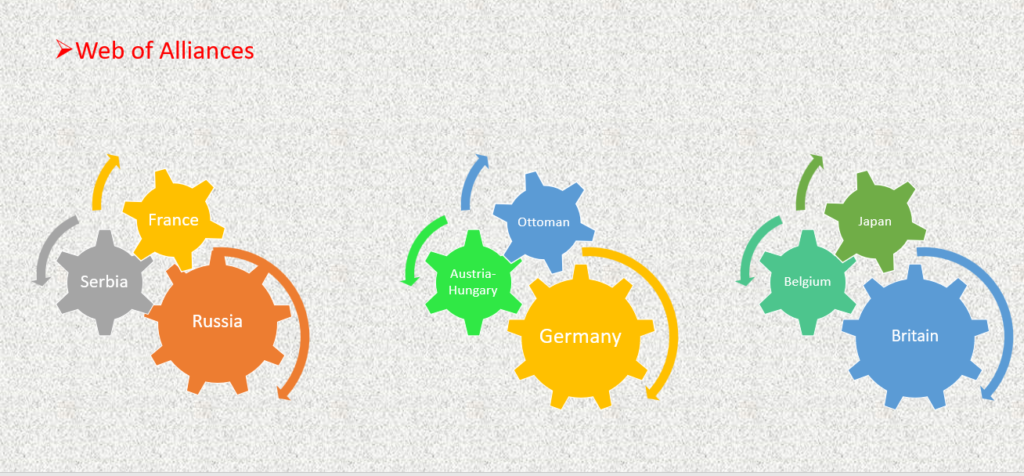
Therefore, the territorial vastness of empires and the intricate web of military alliances were pivotal factors that propelled both World War I and World War II into truly global conflicts, thus earning them the designation of “world wars.”
Today, while military alliances still exist, with NATO being the most prominent, the absence of vast empires and colonies means that any potential conflict, even between major powers like Russia and NATO, would likely be confined to specific regions, particularly Europe. Therefore, in today’s world order, the expansive global scale characteristic of World War 1 and World War 2 is unlikely, making the prospect of World War 3 improbable.
The prominent reason for wars often lies in the shifting of the balance of power. When one country increases its power, rival nations often attempt to counterbalance it, sometimes resorting to extreme measures as security becomes paramount in this perilous world.
The admission of Ukraine into NATO heightened Russia’s insecurity, perceiving a shift in power balance in favour of NATO. Consequently, Russia launched an attack on Ukraine. To grasp how wars originate from such power dynamics, one must delve into the systems of world order.
Renowned American Political Scientist John Mearsheimer delineates three types of world orders: Bipolar, Balanced Multipolar, and Unbalanced Multipolar.
A Bipolar world order is the most stable due to several reasons:
- With only two great powers, the likelihood of confrontations diminishes.
- Power is typically evenly distributed, reducing the occurrence of security dilemmas.
- The deterrence mechanism between the two great powers is robust, dissuading conflict-inducing decisions. The Cold War exemplifies the stability of the bipolar world order, with the USA and the USSR being equally formidable in military prowess and nuclear capabilities.
Balanced Multipolarity is more susceptible to war compared to bipolarity for the following reasons:
- With multiple great powers, the probability of confrontations escalates.
- There’s a risk of coalitions forming among multiple great powers against others.
- Power distribution among great powers is unlikely to be equitable, leading states with significant capabilities to seek dominance over others.
Unbalanced Multipolarity represents the most precarious world order. In this scenario, multiple power centers exist, but one state surpasses others in power. This potential hegemon remains unsatisfied with the existing balance of power and aims to ascend to the status of a superpower, viewing hegemony as the pinnacle of security. Consequently, other powers become apprehensive of the hegemon’s intentions, fostering a climate of mistrust.
Presently, the world is trending towards multipolarity, irrespective of whether it becomes balanced or unbalanced. However, this shift signifies a move towards a more confrontational global landscape. Great powers in a multipolar world strive for hegemony, potentially leading to widespread chaos
Nuclear deterrence is indeed a significant factor preventing nuclear states from engaging in direct warfare with each other. It operates on the principle that the threat of nuclear retaliation deters potential aggressors from initiating an attack. This strategy is closely tied to the concept of Mutual Assured Destruction (MAD), which underscores the notion that any nuclear conflict would result in catastrophic consequences for all involved parties.
During the Cuban Missile Crisis of 1962, the placement of Soviet nuclear missiles in Cuba prompted a tense standoff with the United States. President John F. Kennedy’s decision to implement a naval blockade around Cuba, rather than opting for a direct invasion, reflected an understanding of the potential escalation to a full-scale nuclear conflict. The proximity of nuclear weapons and the high stakes involved underscored the importance of exercising caution to avoid triggering a devastating war between nuclear powers.
In contemporary times, various regions around the world remain potential flashpoints for conflict, such as Europe, the South China Sea, the Middle East, and the India-China border, as well as the issue of Taiwan. However, the geopolitical landscape today is characterized by the presence of international institutions like the United Nations, the European Union, and regional organizations, providing platforms for dialogue and diplomatic resolution of disputes.
Prime Minister Narendra Modi’s assertion that “Today’s era is not an era of war” reflects the global recognition of the imperative for peaceful coexistence and conflict resolution through non-violent means. While the threat of warfare persists, the combination of diplomatic channels and the deterrent effect of nuclear arsenals serves as crucial mechanisms for maintaining stability and preventing the escalation of regional conflicts into global catastrophes.
